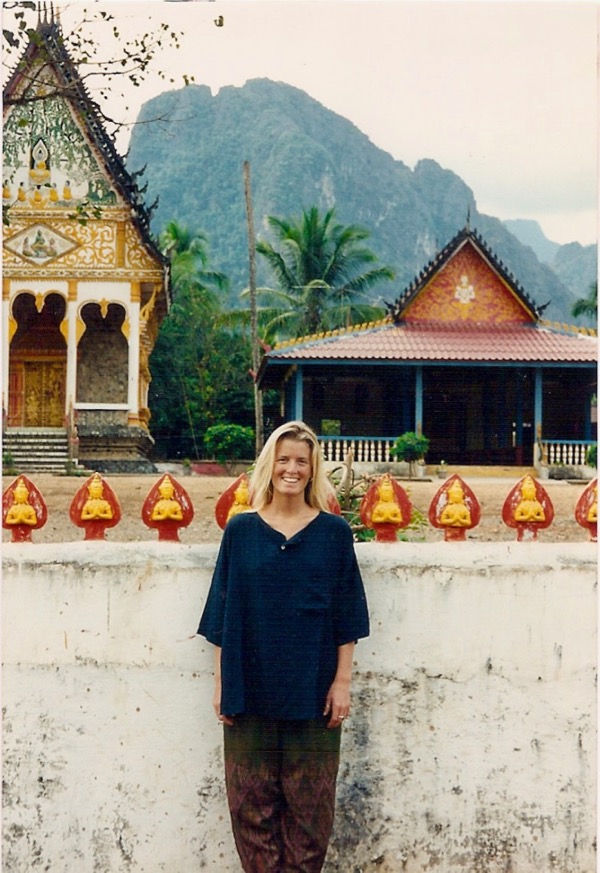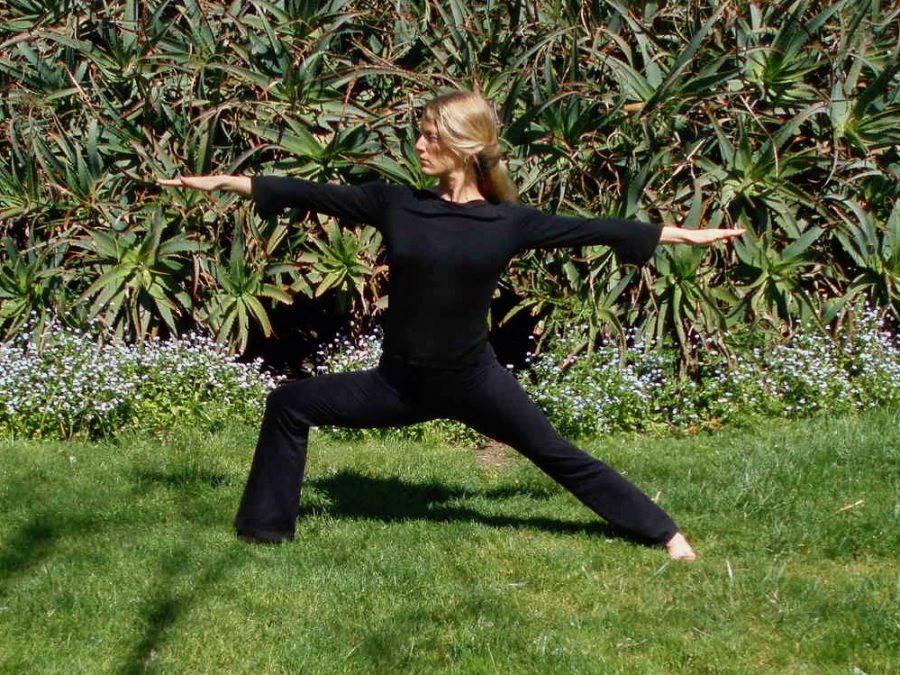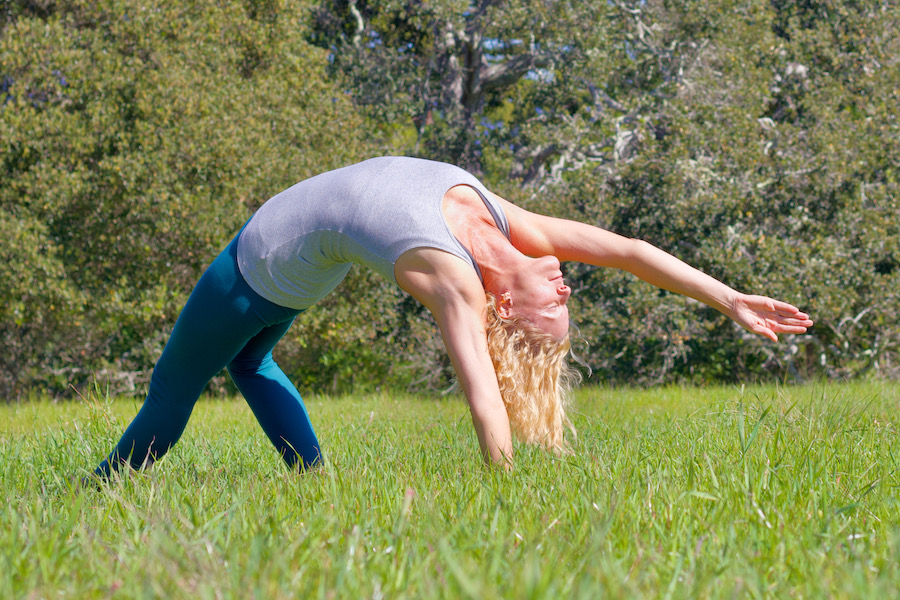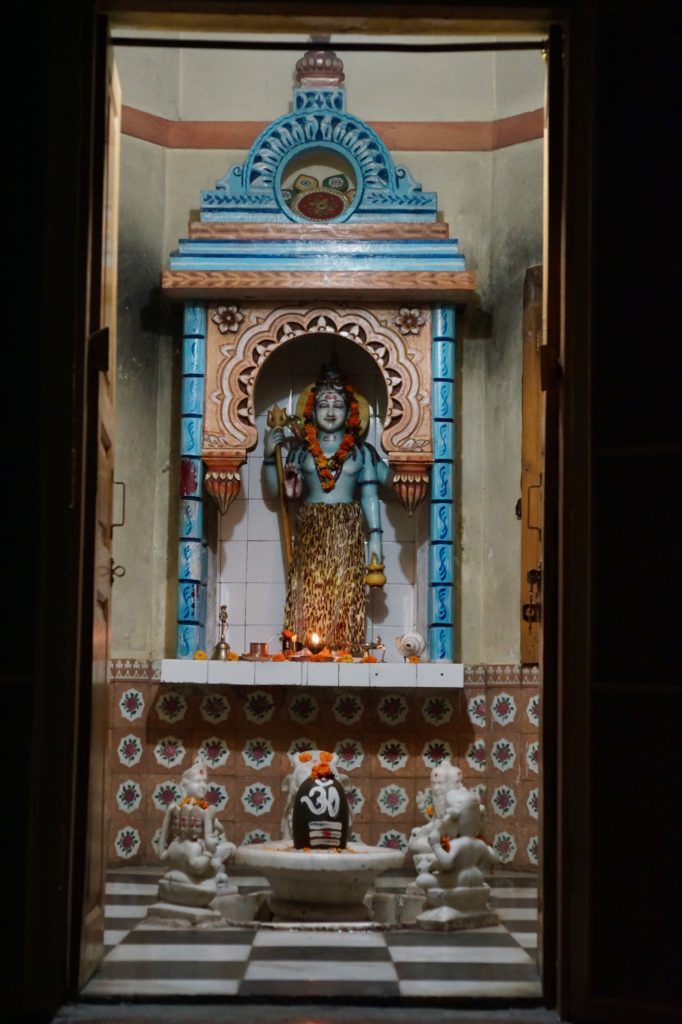Yoga’s growing popularity is indicative of its many benefits. Yet many practitioners struggle to maintain a personal practice without the accountability and support of a class.
Yoga is an ancient method of cultivating life-force energy that builds concentration and inner awareness. The tools offered through yoga aim to redirect negative patterns in a more positive direction while building strength, balance, and flexibility of body and mind. But deep-rooted patterns don’t change overnight. It takes time, intention, and effort.
In the yoga sutras, Patanjali describes the importance of Abhyasa (effort, willpower, practice) as a long-term dedication and inquiry into a chosen path or practice.
For me, this dedication came easily in my youth, but after a forced break from yoga, I struggled to regain my focus and had to start anew as a beginner.
My Introduction to Yoga

I first heard of yoga when I was 13 years old when I acquired a little book called “Light on Yoga,” by BKS Iyengar. The postures were familiar to me, as I practiced them intuitively since childhood. I remember my sister saying “You never just sit there. You’re always stretching.”
A book by Eknath Easwaran taught me some basic meditation skills which I practiced through my late teens. My interest in meditation led me to Buddhism, and by my early 20s, I moved to a forest monastery in Thailand. While my high school peers were busy with college, I was sitting quietly in a foreign country. It was one of the happiest times of my life.
After returning to California, I was living in a tiny cabin in the Santa Cruz mountains during an especially cold winter. Every morning, I drove into town searching for sunshine and warmth. The cozy rooms of a yoga studio were a welcoming morning sanctuary.
I quickly became engaged in the practice and sought out advanced instructors and workshops. Five years later, I enrolled in my first yoga teacher training at the Mount Madonna Center, a yoga community and retreat center founded by a silent monk named Baba Hari Dass of Haridwar, India.
Babaji taught by writing on a small chalkboard. His words were potent and distilled, and his knowledge of yoga surpassed all teachers I’ve known since.

After my training, I moved into the Ashtanga Yoga Institute (the town center of MMC), and began teaching a full schedule of yoga classes. At the time AYI operated like a mini-ashram for students of Babaji. We supported each other in sadhana (spiritual practice) and living a yogic lifestyle.
Sadhana was my priority and greatest joy, so for me, it was not hard to maintain my practice. This was not the case for many of my students though. Quite a few expressed frustration with their own self-discipline and ability to maintain a practice at home. It can be difficult to break the habit of continual activity and simply sit down to be still and quiet.
I read somewhere about a sect of Japanese Zen monks whose practice includes jumping out of bed in the morning and running to the bathroom, then running to wash their faces and brush their teeth, then running again to the meditation hall to sit in meditation.
The idea is to avoid giving the mind options. Don’t think about it; Just do it! When we give ourselves options, the mind will find excuses every time.
I encouraged my students to commit to only 5 minutes of meditation upon waking, and 15 minutes of asana (the physical yoga postures) per day. This amount of time feels doable and often ends up longer because sadhana feels good. Getting started is the hard part.
Build Strength and Focus Little by Little
In my mid-30s, I endured a spinal injury that left me barely able to walk. I pursued multitudes of therapies to no avail, and every time I tried to practice yoga, I reinjured myself. I finally had a reckoning and faced the reality that I must completely give up physical yoga practice. Yoga had been a huge part of my life and I felt lost without it. I was devastated.
For many years, I was in pain both physically and mentally, but we humans are adaptable and I did my best to shift the focus. Over time, my spine stabilized. One day it occurred to me that I could probably sit in meditation without pain. About a year after that, I was able to resume gentle asana practice.
Progress was slow going, not only physically but mentally too. I had lost the momentum and with it the discipline. I wanted to practice, yet I kept distracting myself. I hadn’t realized just how scattered my mind had become!
From past experience, I knew that focus could be developed much like a muscle. I remembered the advice I used to give my own students “Just 5 minutes of meditation and 15 minutes of asana.” In that manner, I regained strength in muscle and mind, and I began to trust my body again.
Your practice does not have to be perfect. Perfection is not about doing things right, it’s about distraction and hiding. You just need to show up and try.
“Being on a spiritual path is like being on a plane. It doesn’t seem like you’re going anywhere, but you’re actually moving very quickly. That ‘ho-hum’ practice is actually transformative.” -Baba Hari Dass

Practice For the Love of It
If we order someone to “Relax!” the opposite usually happens, right? Because the essence of relaxation is actually acceptance. When we accept and welcome all of ourselves into the heart, we naturally move in a healthy direction and practice in a kind and generous manner. Sadhana is devotion, not a forced rule. It’s about attention and intention.
If part of us is resisting yoga practice, it’s not helpful to beat ourselves into submission. But can we shift our attention to the part that does want to practice? Abhyasa is the effort to turn away from the restless mind and stay true to a deeper intention.

Ego and Self
Taking this a step deeper, perhaps there’s a very good reason the mind distracts us from spiritual practice. Perhaps the ego wants to stay in control and resists anything that develops higher consciousness.
The essence of yoga is human evolution. Dating back 1000s of years, the ancient yogis perfected these methods to prepare the body and mind for concentration, meditation, and ultimately for the awakening from individual ego identity to that of all-pervading consciousness.
The very definition of yoga means “to yoke.” A yoke is a wooden crosspiece that fastens over the necks of two animals and attaches them to the plow or cart they pull. Yoga is a set of tools that “yoke” the individual self (ego) to the ultimate Self – the field of awareness beyond illusionary identity. Awakening to true-Self is a shift in identity, and the ego is not excited to give up the throne.
Environment
Withdrawing the senses (pratyahara) from an external focus to an inward perspective goes against the tide of modern society. I find it helpful to create a supportive external environment for my internal practice.
Each night before bed, I tidy my home and prepare for morning Sadhana the following day. Upon waking, I make green tea, light a candle and incense, read a bit of scripture or spiritual wisdom while drinking tea, then begin my sadhana.

Breath Meditation
Triputi, is a Sanskrit word referring to the trinity: ‘the seer, the sight, and the seen;’ or ‘knower, knowledge and knowable.’ In asana practice, Triputi can be thought of as a union of body, breath, and mind. While holding the body in a specific yoga posture, we direct the mind to stay present by concentrating on our breath. Using the breath as an object of meditation saves us from following our thoughts right off the mat.
“When body, breath, and mind work together in harmony to achieve a spiritual goal, that is yoga.”
~Baba Hari Dass
Sangha
The people we surround ourselves with can provide enormous support or a huge distraction. Buddhist teachings (originating in ancient India), teach to “take refuge” in the three gems:
1. Buddha (the archetype of Buddhahood, enlightened self).
2. Dharma (the teachings, the path, or the way to enlightened realization).
3. Sangha (spiritual community, or association with other self-reflective beings living a virtuous life).
Through the support of Sangha, we stay strong on the path of Dharma toward Buddhahood.
Every Day Choices
A distracted mind can be trained in the same way we lovingly train a puppy – Not by beating the puppy, but by redirecting attention toward our true aim.
There will always be items on the to-do list. Yoga must be a priority, and that’s just the bottom line. Otherwise, you run the risk of continually putting it off, and procrastination can last a lifetime.
So if you sit down to meditate, and then suddenly find yourself re-organizing the kitchen cabinets…
Stop. Smile. Take a deep breath, …and go sit like a lotus flower.



